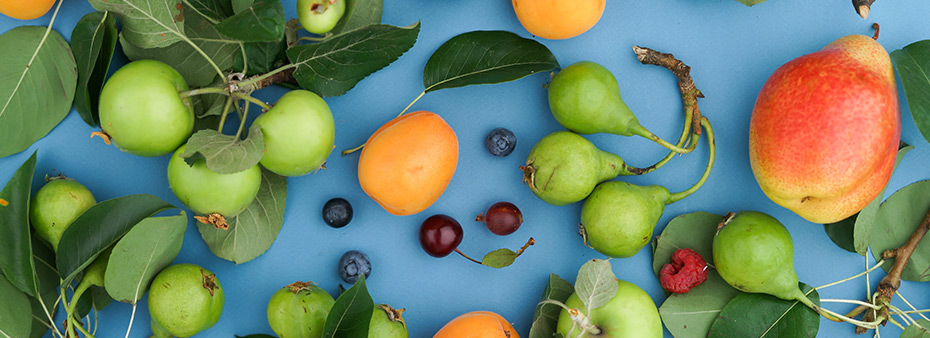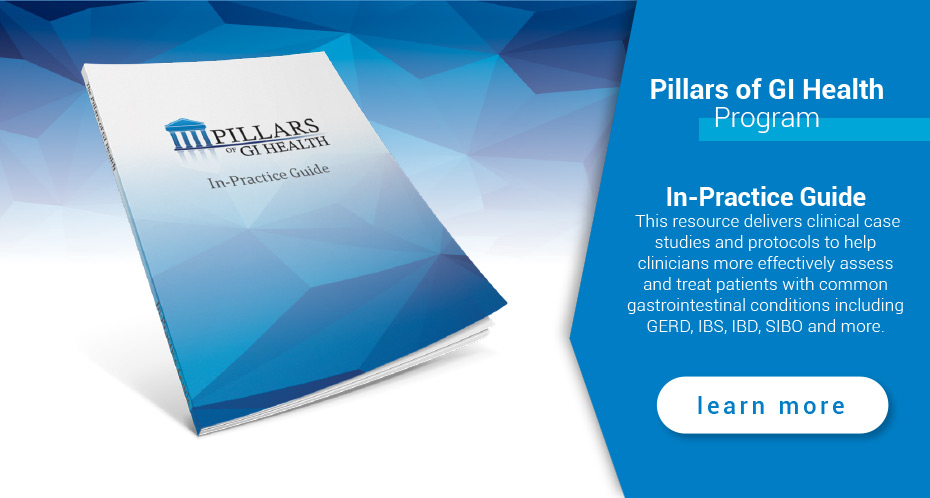How many of your patients have tried a detox that just didn’t work out as well as they planned? Probably more than just a few. If they stuck to the protocol but ended up feeling worse than when they started, the elimination pathway could be the problem. It may be backed up and saturated with all sorts of toxins, leaving your patients feeling uncomfortable and perhaps experiencing undesirable die-off reactions.
These can be signs that their elimination pathways are overwhelmed and congested. In these types of situations, additional Phase 3 elimination support may be the key to getting rid of the difficult-to-remove toxins that can wreak havoc on the gut, especially endotoxins and mycotoxins.
Put an End to Endotoxins
When unwanted bacteria in the gut are destroyed (from antimicrobials, probiotics, changes in diet, etc.), they begin releasing endotoxins like lipopolysaccharides (LPS), which contribute to increased toxic burden. Endotoxins may even cross into the bloodstream when the gut is inflamed and leaky, triggering an immune response. Inflammation can also be experienced throughout the body and further complicate detoxification.
Serum-derived bovine immunoglobulins (SBIs) are a “biological” binder that can attach to endotoxins—as well as several other bacterial fragments, microbes and toxins—and remove them from the gut, a necessary step to optimize elimination pathways. This reduces toxin encounters by the immune system and helps reset immune tolerance. In addition to minimizing immune reactivity, SBIs facilitate gut barrier strength and enhance microbiome balance. Overall, SBIs are a powerful tool in your toolbelt, especially for removing harmful endotoxins.
Move Out Mycotoxins
Mycotoxins are also a problem for gut health. Mycotoxins are harmful chemicals emitted by particular strains of mold and are more frequently ingested than you might think. Mycotoxins are found in many common food and beverages, like coffee, cheeses, dried fruits and cured meats. As secondary metabolites of fungi, they can lead to some serious gut symptoms. To remove mycotoxins from the gut, different kinds of binders are often necessary. Here are some options to consider:
- Activated charcoal has a long history of use in reducing the harmful effects of a wide variety of toxins, including mycotoxins. Its carbon lattice and porous structure are ideal for trapping and safely carrying the mycotoxins bound to its surface out of the body. Activated charcoal derived from coconut shells is highly purified, dense and naturally dust-free, making it a safe and viable binder for mycotoxin removal. 1
- Zeolite is another substance with a distinctive affinity to bind and absorb mycotoxins (as well as ionically bind to heavy metals and several other toxins).2 Clinoptilolite is a type of zeolite with an ideal matrix crystal shape that easily entraps mycotoxins for safe elimination.
- Saccharomyces boulardii (S. boulardii) is a beneficial mycotoxin-reducing probiotic that has been found to be effective in treating mold and other fungi. For example, it can crowd out Candida. By reducing mold growth, S. boulardii reduces the mycotoxins those molds produce.3 As a probiotic yeast, S. boulardii has also been shown to promote healthy microbial balance by competing against many other harmful organisms that may cause diarrhea.
Boost Bile Flow
Among its many functions, bile is secreted from the liver and into the duodenum to remove the toxins that the liver processes. If there is poor bile flow, toxins may remain stagnant or recirculate rather than being properly excreted, which compounds the effects of toxic burden. Poor bile flow will not only damper elimination pathways but also lead to conditions like SIBO since the slightly alkaline properties of bile help maintain microbial balance in the gut. To assist with biliary excretion, consider employing phosphatidylcholine and bitters:
- Since phosphatidylcholine is a crucial building block of bile, it can be considered as a first step for supplementation in ensuring adequate bile production.4 Inadequate intake of phosphatidylcholine may result in impaired biliary excretion and inability to eliminate toxins effectively from the liver.
- Bitters have traditionally been used to help stimulate bile production and flow. In fact, herbalists have used bitters to stimulate natural digestive processes in the gut for hundreds of years. Gentian root, a bitter herb, and artichoke, a natural choleretic, can work synergistically to stimulate the body’s natural production of bile, which aids in toxin removal and the emulsification and digestion of fats from meals.5,6
The Bottom Line
A cleared-up elimination pathway can help your patients achieve a more thorough detox. In addition to adequate insoluble fiber and water in the diet, Phase 3 detoxification support can be found in several types of binders that help remove problematic endotoxins and mycotoxins from the gut. Alongside adequate bile support, removing stubborn toxins with targeted binders can go a long way toward an enhanced detoxification protocol that helps your patients feel better faster.
Joseph Ornelas, PhD, DC is the Pillars of GI Health Brand Manager at Lifestyle Matrix Resource Center. He holds a PhD from University of Illinois with concentration in Health Economics, an MA degree in Public Policy from the Harris School at the University of Chicago, an MS degree in Health Systems Management from Rush University, and a DC degree from National University of Health Sciences. As a licensed provider and health economist, Dr. Ornelas has published numerous evidence-based clinical practice guidelines, helping to improve quality standards of care and provide value for health care practitioners across several specialty areas.
References
- Gratuito MK, Panyathanmaporn T, Chumnanklang RA, Sirinuntawittaya N, Dutta A. Production of activated carbon from coconut shell: optimization using response surface methodology. Bioresour Technol. 2008;99(11):4887-4895. doi:10.1016/j.biortech.2007.09.042
- Phillips TD, Afriyie-Gyawu E, Williams J, et al. Reducing human exposure to aflatoxin through the use of clay: a review. Food Addit Contam Part A Chem Anal Control Expo Risk Assess. 2008;25(2):134-145. doi:10.1080/02652030701567467
- Divya Barathi M, Chandrasekar S, and Ramya V. A preliminary study on stability and variability of encapsulated probiotic yeast Saccharomyces boulardii and Sacchromyces cervisiae and its ability to bind mycotoxins. Int J Curr Res Chem Pharma Sci. 2014;1(6).
- Barrios JM, Lichtenberger LM. Role of biliary phosphatidylcholine in bile acid protection and NSAID injury of the ileal mucosa in rats. Gastroenterology. 2000 Jun;118(6):1179-86. doi: 10.1016/s0016-5085(00)70371-4. PMID: 10833493.
- Ben Salem M, Affes H, Ksouda K, Dhouibi R, Sahnoun Z, Hammami S, Zeghal KM. Pharmacological Studies of Artichoke Leaf Extract and Their Health Benefits. Plant Foods Hum Nutr. 2015 Dec;70(4):441-53. doi: 10.1007/s11130-015-0503-8. PMID: 26310198.
- Olennikov DN, Kashchenko NI, Chirikova NK, Tankhaeva LM. Iridoids and Flavonoids of Four Siberian Gentians: Chemical Profile and Gastric Stimulatory Effect. Molecules. 2015 Oct 21;20(10):19172-88. doi: 10.3390/molecules201019172. PMID: 26506331; PMCID: PMC6331849.






